 "/>
"/>
 "/>
"/>

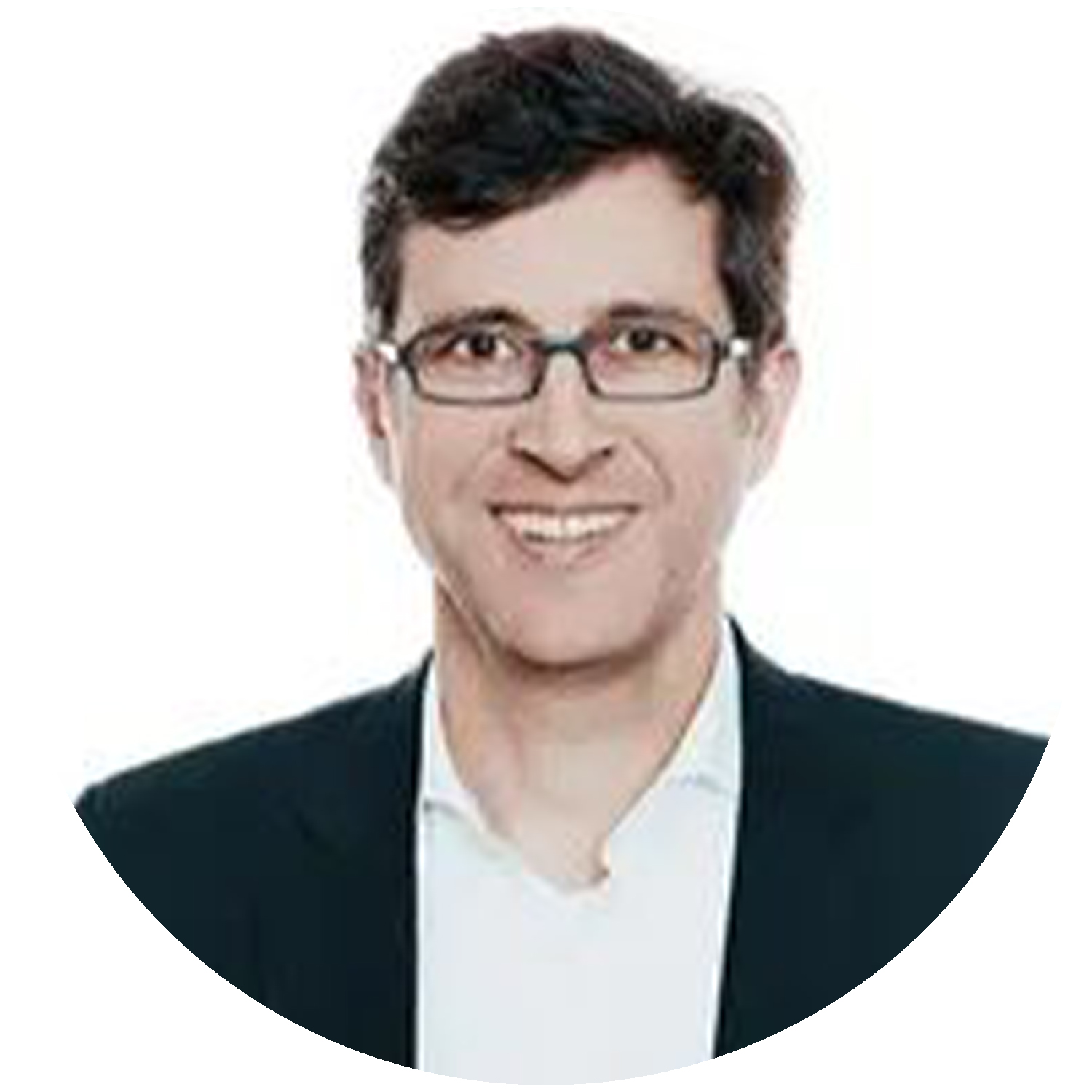
彥思·庫|Jens Kump
德國HPP建筑事務所 合伙人
HPP Partner
ArchiDogs x CADE2020
CADE建筑設計博覽會以“助力建筑師實現自我表達”為宗旨,是亞太區首個專注打造高端建筑系統解決方案與高品質建筑師交流平臺為宗旨的平臺。創辦于2014年的BCC國際建筑科技大會(BAU Congress China),作為CADE建筑設計博覽會的重要同期活動之一,定位于“交流全球先進建筑理念和案例”,在中國乃至亞洲建筑設計界享有盛譽。6年來,來自全球幾十個國家的近150位全球頂尖設計大師齊聚在BCC上進行最新建筑理念的碰撞和探討。為中國建筑業面臨的建筑質量、節能、可持續性發展、城市改造等諸多問題提供全新思路。
今年BCC大會邀請到了二十余位來自全球各國建筑事務所的在華主理人、建筑大師和專家學者。圍繞城市發展之近期項目、TOD、韌性建筑、未來生活和工作方式、數字化設計與人工智能在建筑中的應用五個議題展開為期三天的主旨演講和精彩討論。
ArchiDogs建道筑格作為CADE建筑設計博覽會的深度合作伙伴,深度采訪了BCC的幾位與會嘉賓,和他們一起聊聊設計背后的故事。
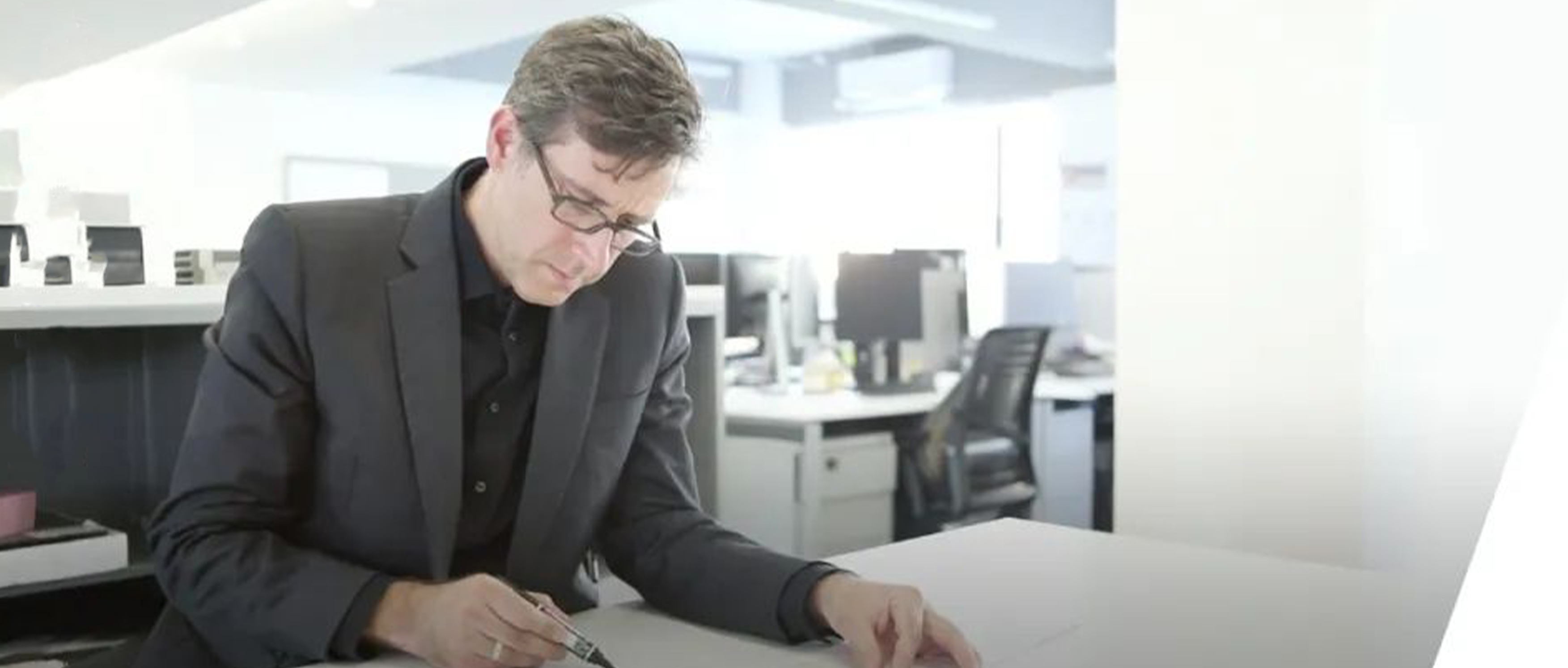
HPP是一個有著87年歷史的德國老牌建筑事務所,這乍聽起來可能以為它很傳統刻板,然而當走進HPP上海辦公室,與中國區合伙人Jens輕松對談之后,我們看到的是一個深深扎根于中國市場的匠心團隊。他們的超前設計意識不僅僅在滿足當下中國業主的現實需求,同時也在不斷挑戰和預判未來中國市場的需求變化和發展的可能性,無論是積極推動全BIM項目管理,預判體育場館的未來發展功能,亦或是為影視基地預估未來可能的空間需求,HPP都在不斷致力于為中國建筑提供更加可持續性的全生命周期生命力。
在Jens看來,形容德國人的“嚴謹、理性與專注技術”可以同樣與中國人的性格完美結合。讓我們通過與Jens的深入訪談來,了解HPP中國的成長趣事和與眾不同之處。
01
將國際思想融入中國文化
Jens Kump at HPP
█ 您最初在德國辦公室工作,怎樣的契機下選擇來到中國,在上海創建HPP在中國的第一個分公司?
J:我上中學時,中國一直是西方世界關注的焦點, 我個人也對中國充滿了好奇。HPP早期做的世博村是一個非常具有挑戰性的項目,當時我被它的效果圖所驚艷,于是在2006年決定來中國實地參與該項目。那個時期,HPP在中國建設中的還有另外兩個項目——青浦皇冠假日酒店和漢高亞太總部。正因為這三個項目,HPP在中國的第一個分公司應運而生,落地上海。
In what opportunity and situation did you decide to come to China to set up the first office in Shanghai?
J:Personally, I was curious about China because it was the focus of interest in the western world when I was in my secondary school education already. What was calling me kind of was the design of the Expo Villages in 2005 and 2006.
When I saw the renderings, I was so fascinated that I decided to come to China to help plan the project. The Expo Village was a very challenging project. At that moment, we were also working on two other projects, the Qingpu Crowne Plaza Hotel and the Henkel Headquarter Asia Pacific. At that time, the partnership made the decision to come here and establish a permanent team. We came with three people from Germany to China, including me.
█ 從德國到中國,在多年的實踐過程中,您是如何帶領團隊實現跨文化的設計實踐?
J:我們在中國進行設計實踐時,與業主相互之間保持好奇心,并以開放的心態共同克服問題。我們都希望用設計將大家團結在一起。業主對我們的跨文化設計感到新奇,這與我們是否是外國人無關,而在于我們如何為業主更好的服務、順利合作。合作是一種生存方法,也更能讓我們在工作中將國際思想融入中國文化。在中國,我們與業主彼此相互依賴,合作關系更加緊密。
事實上,我發現與我們的業主可以更專業地解決問題,他們更具前瞻性。有時候,業主喜歡嘗試和挑戰新想法, 我們也愿意為其提供更多的選擇。
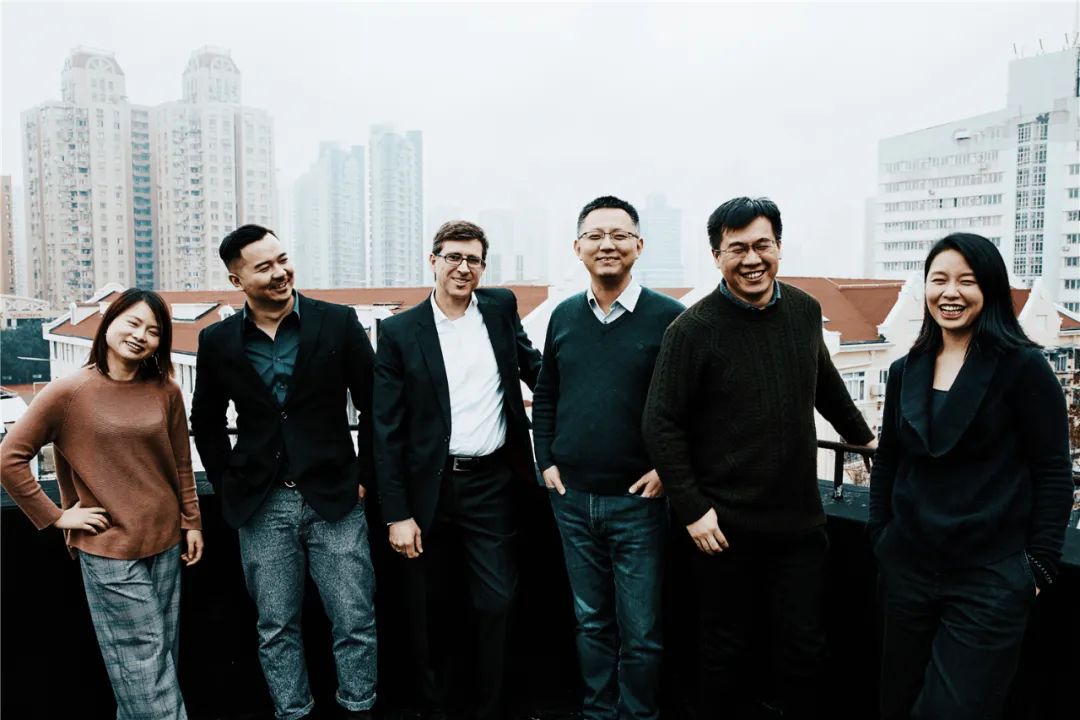
Jens與設計團隊

HPP上海辦公室模型展示 ?CADE
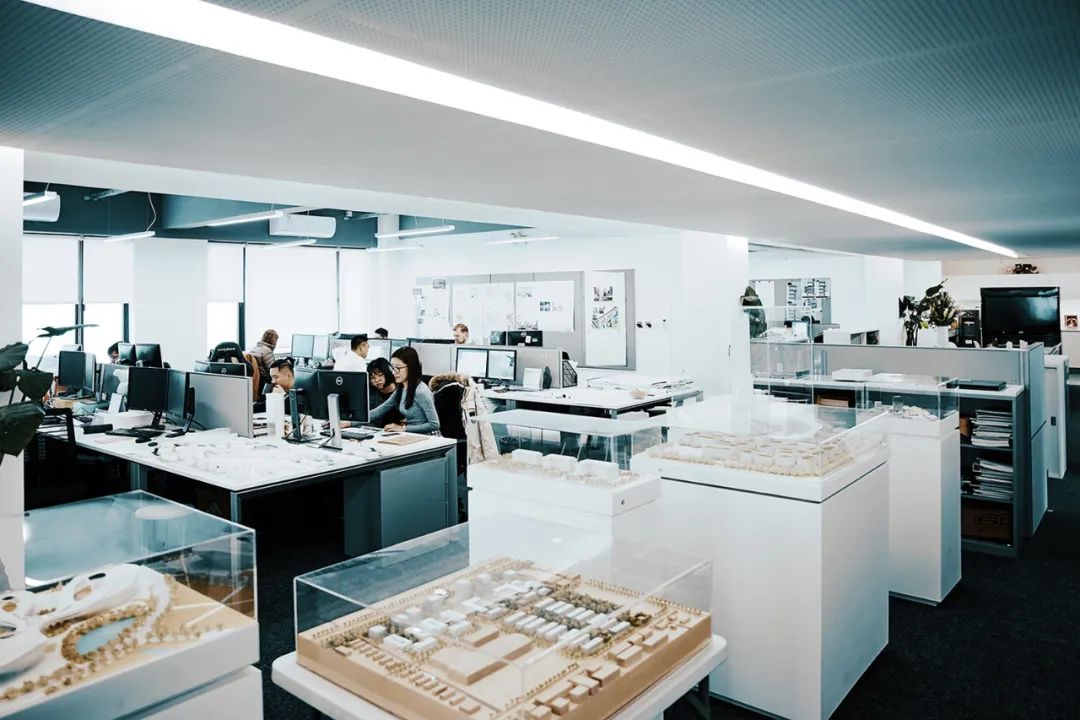
HPP辦公室環境
Do you found any challenges in terms of leading a team with cultural differences between colleagues? And how do you overcome it? How do you lead the design practice in Chinese culture?
J:We must have a certain curiosity about each other and have an open mind to overcome certain problems if there are any problems. Clients find us exotic and are curious about our straightforward thinking about our design. In the end, it is not about if you have a longer face or blue eyes, it's about then how you distribute your service to local clients who were at the beginning curious about you, but at the end want a fluent service. That's why we integrate our foreign thinking into Chinese culture. In China, we are depending very much on each other and that brings us very close to each other.
I observe that the clients working with us are nowadays much more professional, forward-thinking. Still, clients like to try new ideas. And we are in that service attitude of making extra rounds and options.
█ 如何將德國設計理念(比如:德國制造Made In Germany嚴謹、技術等風格)結合中國地域特點、傳統文化與大眾審美?
J:中德兩國的特點非常相似。正如剛才所說的德國設計理念,我一直認為這些也很“中國”。因此,我們能把彼此的文化和特色結合得很好。兩國的工匠精神我都很喜歡。對于設計師而言,大家交換想法、教學相長,更有利于取得一個健康的平衡與成長。
How to combine the German design method (made in Germany, preciseness, cutting edge technologies, etc.) to the domestic Chinese features, local cultures, and popular aesthetic?
J:What you just described as German, I always thought it is very “Chinese”. So we are very much alike, and we combine quite well with each other. I like the engineering spirit of both. Somehow this mindset is having a similarity. There is a healthy balance. We like to bring our ideas, roots, and behavior to the team.
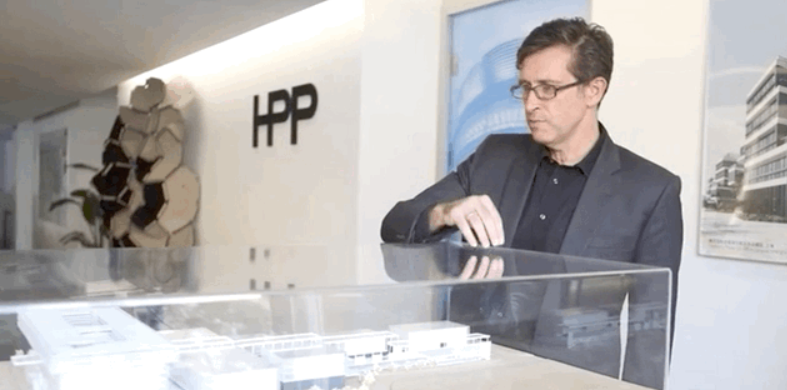
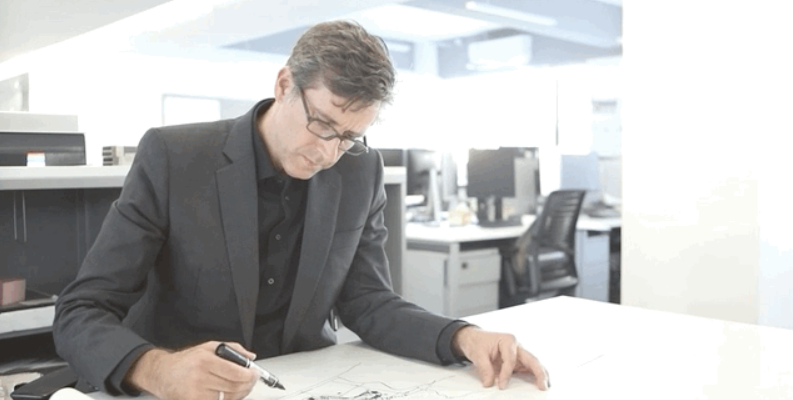
Jen在HPP上海辦公室采訪現場 ?CADE
02
全球項目實踐:從德國到中國
Global Practice - From Germany to China
█ HPP在全球范圍內有各種規模的項目,是否存在某種特定的設計風格?
J:我們不會給自己的設計定一個風格,HPP是德國最大最成功的合伙人制公司,我們有17位合伙人,大家自由的交流知識、想法、作品,希望在既有條件下為每位業主量身打造高質量的設計方案。
我們希望成為現代建筑設計的一流品牌,也在不斷挑戰與創新。例如,我們使用竹子這種在歐洲完全不為人所知的材料,也會嘗試在歐洲孕育并推動新建筑哲學“Cradle to Cradle” (從搖籃到搖籃)計劃——在建造中考慮建筑的一些基本部件和結構元素可以在若干年后重復使用,并不對環境造成任何污染。我們也相信在中國,未來十年,建筑的全生命周期將是一個非常有趣的話題。

HPP 2020
左起: Joachim H. Faust, Gerhard G. Feldmeyer, Volker Weuthen, Werner Sübai, Remigiusz Otrzonsek, Burkhard Junker, Claudia Berger-Koch, 余煒, Jens Kump

HPP歷年項目展示墻
HPP has a lot of projects all over the world in different scales and programs. Are there any specific HPP design principles or styles that would present in those projects?
J: You will find us proud that there are no elements from us that will be repeated or redone. We enjoy creating quality for individual clients in individual circumstances. Tailor-made. Without any dogmatic background, we are partner organizations of around 17 active partners exchanging their knowledge, exchanging their ideas, and influencing tastes.
We want to serve in the first line of modern nowadays architecture. We like to take first-time challenges. For example, we liked to prototype buildings made of bamboo, a totally unknown material to Europe. We like the new philosophy in Europe called “Cradle to Cradle”, which means that some of the elementary parts and structural elements of buildings can be reused. We also think it might be a very interesting topic in China to think about the whole life span as human life in the next few decades.
█ 在設計過程中,HPP如何在項目的概念性與可實施性中找到平衡點?中國業主通常會帶給建筑師非常實際現實的訴求。您如何推銷更加可持續化的建造策略,使業主愿意接受?
J:我們愿意了解業主的需求。這不僅是建筑設計的一部分,也是從為他人設計服務中獲得享受。我們不是為自己,而是為社會設計與建造,為有特定需求的人而努力。所以,我不認為是在向甲方“推銷”設計概念,恰恰相反,我們希望業主能夠從HPP在其他國家和地區的成功經驗中受益。
During the design process, how does HPP balance between concept and feasibility? Clients and positional Chinese clients when they approach architect, they often have very practical demands and practical needs for a building, how do you push the boundary and encourage them to consider to be more sustainable?
J:We like to know clients' demands. This is a part of the architecture service. We are not building for ourselves but building for society. We're building for people who have certain needs, and we want to filter out and meet their needs to help them give birth to a useful infrastructure piece—a beautiful piece of real estate. So, I would not say that we are selling those ideas. And we would like interested clients to benefit from our experience.
█ 許多中國的項目都是通過競賽競標獲得的,HPP如何常常能拿出一擊必中的方案?在方案策劃階段,HPP會最關心哪一方面的把控和表達?
J:我是不會告訴你我們的“秘密” 的(笑)。我認為最好的設計是能夠完美契合功能的,我們通過功能分析,試圖讓功能走到前臺,成為建筑設計的本質。如果這種方式行之有效且富有詩意,那么它已經足夠強大和富有故事性。當然,我們也希望從審美角度探索各式各樣優美的建筑形式, 但是永遠不會忘記功能的關鍵性——這才是建筑的靈魂。
Many Chinese projects require to participate in the bidding and competition process, what are HPP’ secrete to keep winning the client’s heart? Is there any particular emphasis HPP would pay attention to during each competition challenges? Can you share some experience and lessons you think is worth sharing?
J:The strongest design point is if you fit exactly to the function. We have a lot of functional analysis. We try to let the function come to the foreground and be the essence of the design and architecture. If this works well and works poetically, it is already strong and storytelling. Of course, we also like to play with forms in an aesthetic way, but never forget the key to functionality. That should be the soul of every building.
█ HPP在上海有兩個體育場館類項目, 在歐洲也有比較成熟的該類型項目的設計經驗。在為中國體育場館設計的過程中, 有哪些獨特的需求和體驗? 如何處理設計中的挑戰?
J:我們已經為德國和波蘭的10個主要足球俱樂部設計過場館。國外的足球俱樂部通常有著悠久的歷史,他們有的可能開始很不起眼,但隨著多年來球隊的不斷發展,球場會被建造的越來越大。在德國,體育場對俱樂部的意義如同身體器官對人的意義。
但在德國很少有體育場會像中國那樣是一個大型綜合體。中國的場館建設速度更快,有時甚至沒有足球俱樂部的參與,也不需要代表球隊,更多的是具有一定的象征意義,這樣看似更容易去設計建造,但是隨之而來的問題是因為缺少實際使用者的決策而容易使體育場缺失靈魂。因此,需要通過我們的經驗預見業主和城市在未來全面啟用場館時的特殊需求。這是投資者和決策者的區別,因為中國的業主是體育場的投資者,他們與俱樂部的運營沒有直接的關系。從某種程度上來說,我們有足夠的經驗成為決策者的橋梁,幫助他們為今后的發展做出合理的決策。
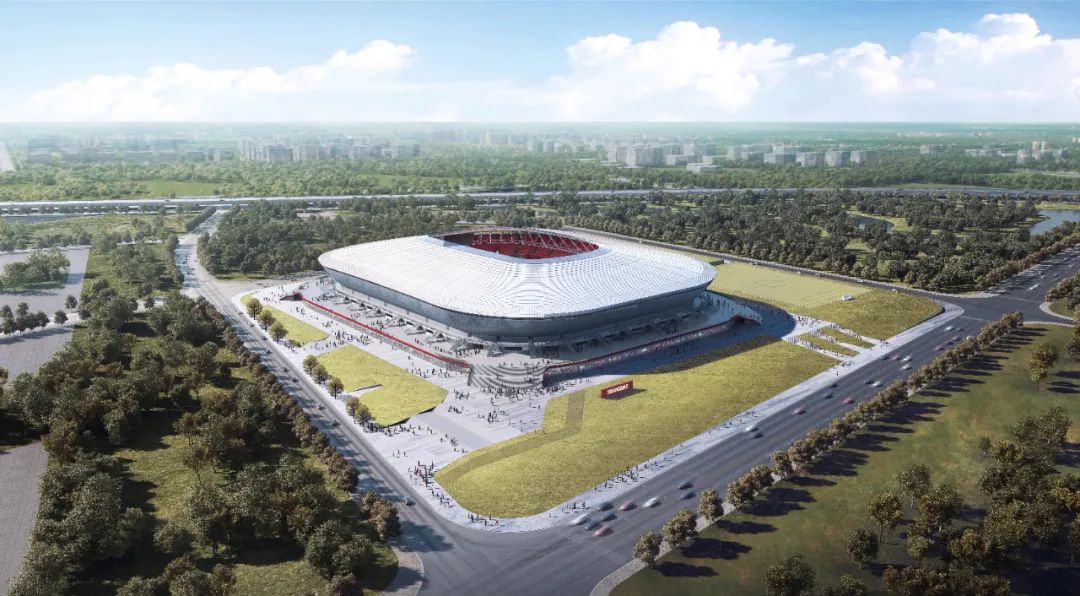
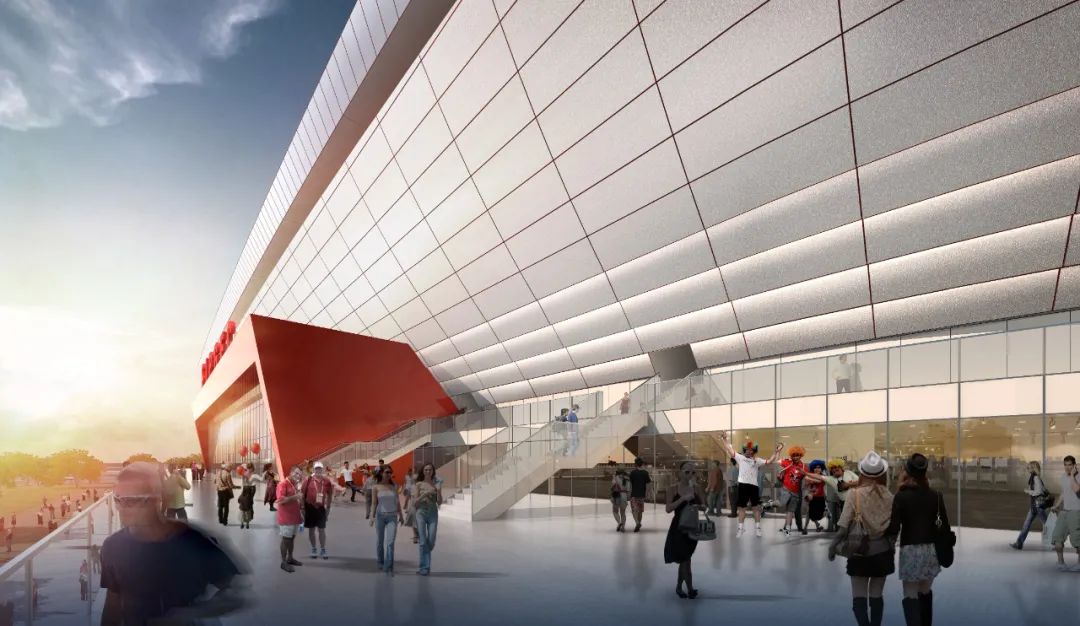
上海浦東足球場 ?HPP
We noticed HPP has already had two sports stadium-related projects in Shanghai, and HPP has a quite lot of experience to design such types of projects in Europe. In your experiences, what are the different needs and expectations that are unique to the Chinese project? And how does HPP handle these unique challenges?
J:Yes. If we talk about the sports stadium soccer arena specifically, we have served around 10 of the main soccer clubs in Germany and Poland. Soccer clubs have a long story. They start maybe in a very simple way. And they build over decades larger and larger stadiums. A stadium is an organism in Germany.
Few stadiums in Germany are like a unity building in China. Sports stadiums here are quicker built, and sometimes even without a soccer club involved or a soccer club existing, just as a symbol, piece of the stadium. But it sometimes has the problem that there's no decision-maker. So, we need to anticipate, based on our experiences, what are the user’s needs as well as the needs of the city when it later is in full operation. So that is the difference of between investors and owners of the stadium, investor of China may not have a hundred percent related to the soccer operation, therefore we are glad we have enough experience to be the bridge between the anticipated needs and the decision-makers’ vision, in order to make decisions suitable for activities that will happen in a few years later.
█ 在湖南廣播電視臺節目基地項目中,HPP如何為不斷變換搭建拍攝舞臺、對空間有不同需求的業主設計一個永久性的建筑空間?表達了怎樣的一種設計理念?
J:我們參與設計其實是從2013年就開始了,許多專業人士都知道這是一個耗時極長的建設項目。因為影視業的不斷變化,這個項目的設計過程中也一直在變化。比如,未來十年,現場觀眾數量是項目設計中的不確定因素,因此六個攝影棚需要做好準備,以適應未來未知用戶行為和與節目錄制的結合方式。這六個攝影空間被設計成非常靈活和簡單的方盒形狀空間,可以輕松地從攝像人員的一側進行舞臺布局的重新改變和編排。攝影棚的外側,我們使用基地的獨特山坡地形,讓訪問者可以通過連廊向坡頂走向一個最終的舞臺,想象成為“明星”的那個時刻。
這是一個為訪問者定制的整個建筑連續性體驗的過程。如何在不影響專業節目制作的前提下,使該建筑物成為訪問電視制作的參觀對象,這成為設計的關鍵。在整個建筑中,人們可以一目了然地窺探電視節目的制作過程。或許他們一開始是游客,作為旁觀者觀察節目制作的過程,之后有機會成為觀眾,成為節目的一部分,最后有機會成為制作基地的“明星”。這一系列的經歷,便是我們希望能帶給參觀者最深刻的感受。
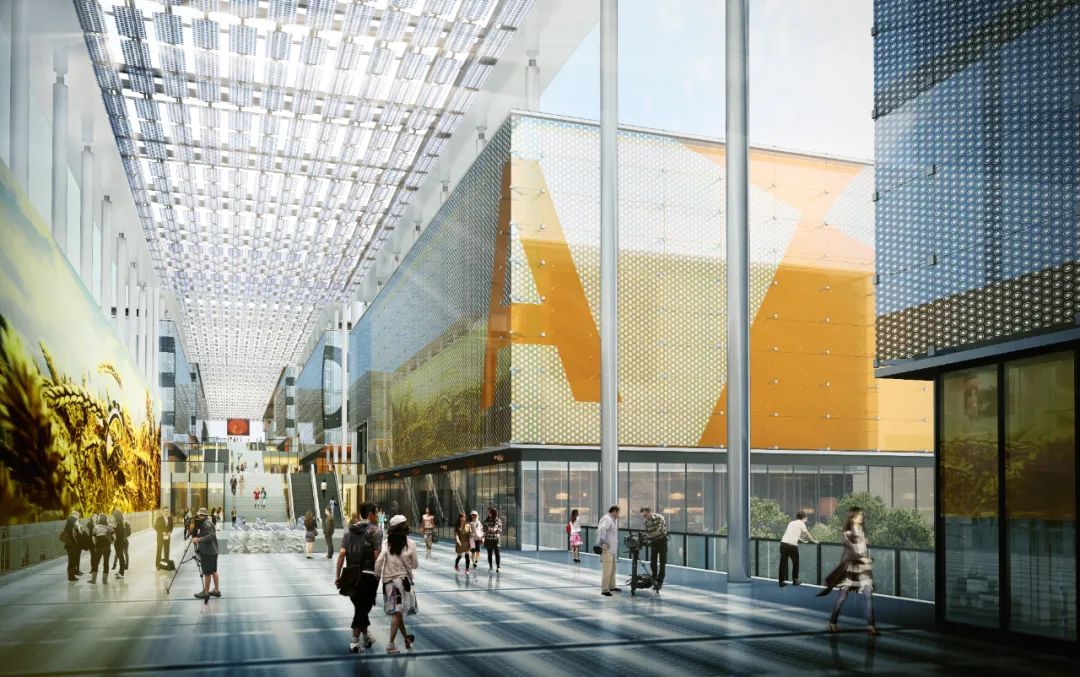
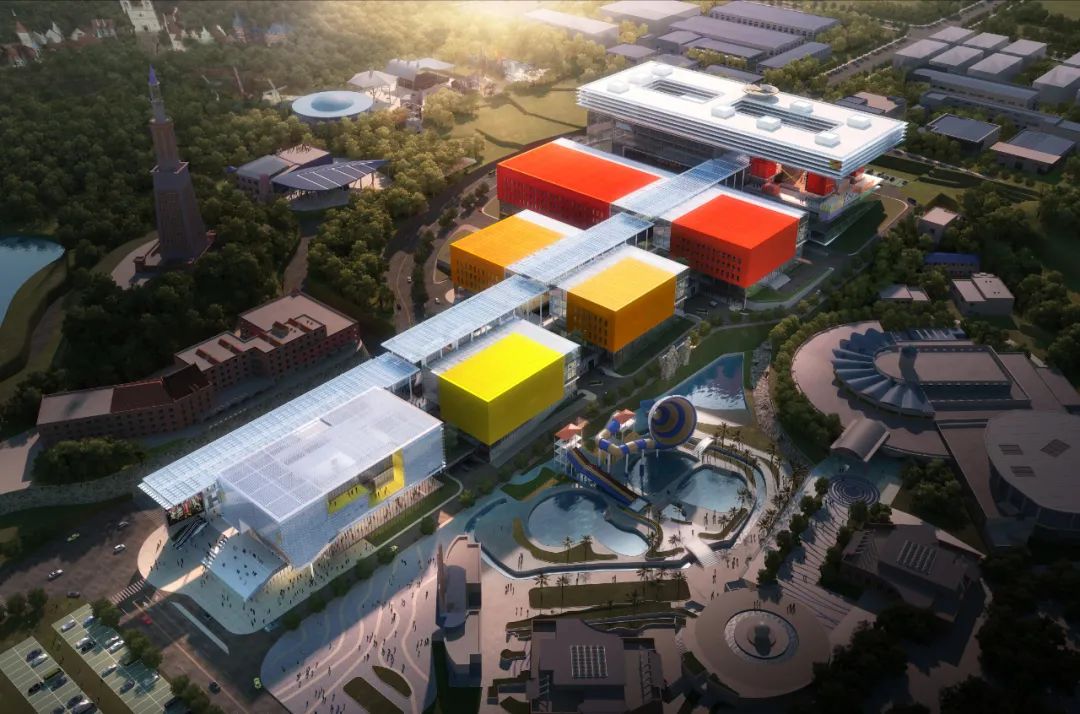
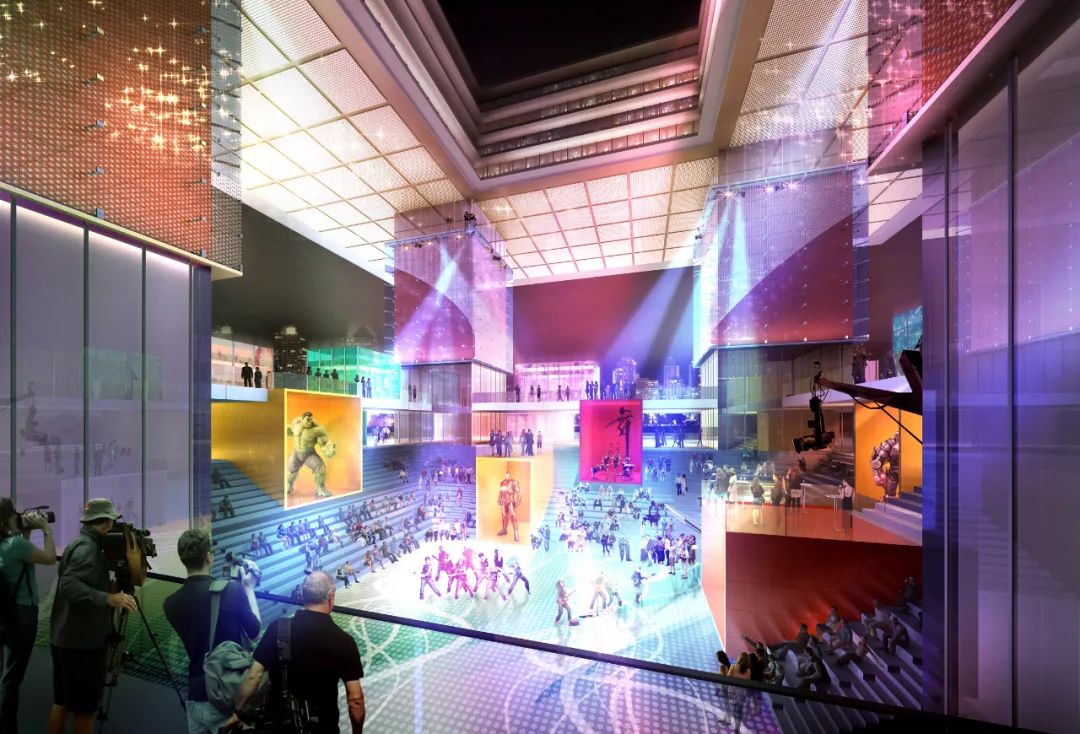
湖南廣播電視臺節目基地 ?HPP
We are particularly interested in your recent work for the Hunan Broadcasting System TV Program production headquarters. What kind of challenges you may have been experienced in designing a permanent architecture for users that will constantly construct impermanent show stages that will always have different space needs? Are there any differences from typical architectural design? What kind of concept and architects’ understanding does HPP want to express throughout its design?
J: It's a long story. Many people involved with professional input knew this would be a long project under construction. We knew it will always be a changing project because TV production is changing. Every few years involvement of spectators, the integration of the audience is an uncertain factor 10 years ahead. The six sound stages need to be ready to adapt to future user behavior, future integration. So, they are designed as very flexible cubes that are easy to be changed and to be organized from the backside stage. On the outside, the observer, the visitors will have notable access to the inside of this project, by using the topography of the site, it let the visitor travel along a ceremonial way uphill to a final stage where they may imagine like movie stars themselves for a moment.
That is a constructed experience for visitors to enter the building. And there's a very definite sequential experience. The key is that this building is made to be visited on the television production without disturbing the profession to the production. So, people have a glimpse into the production , looking at the famous stars from the observer's point of view and being a star for a moment. This is the experience that why we gave the space a relatively simple and easy, understandable, and easy organizable way uphill to a ceremony of the plaza at the end.
█ 在這個項目中,是否想要通過建筑的外形和布局來表達某種理念?例如方盒子的造型,逐漸迎坡上升的總體布局?
J:是的,走上山坡的行為設計尊重攀爬山丘的現實路線,通過一種禮儀性和尊重性的方式到達目的地。就情感而言,一般都認為最高點擁有最佳視野。這就是我們用故事進行分析的地方。因此,并沒有真正的建筑技巧,只不過是以最直接的方式最大化利用和分析場地。
Is there a certain idea or concept that wants to express through the form of this architecture, like the cube and the transaction of a building raising through the hill?
J: Yes, this is respecting the pure reality of a smooth hill that is easy to climb. Walking up hills is a very ceremonial and respectful way to approach a destination to reach physically. The highest point of emotion owns the best view. We would utilize it in a relatively direct way. So there's not an architecture trick.
█ 在中國進行實踐的外國咨詢公司需要與當地的設計院合作,HPP是如何與他們合作并確保項目執行的完整性和控制力?
J:中國有自己招標的規則,我們別無選擇。像我們這樣的外資公司,設計范圍包含概念、部分深化和擴初設計過程。這之后在很大程度上取決于合同服務內容。通常,我們與當地的設計院合作,保證項目質量,互利共贏。
As the foreign consults doing practice in China, because of certain limitations, they often have to work with a local design agent. Does HPP do that? And how do you collaborate with them and ensure the integrity and control of the private project execution?
J: There is no choice. There are the rules of Chinese tendering. The foreign design companies are limited to the concept and partly development design. After the design process, it depends very much on the contract situation. We cooperate with a local design institute. We like that and depend on each other.
█ HPP是否有機會在項目進程中被業主授予更高的領導力和話語權,從而更好的掌控施工質量和最終成果?
J:我們曾經與一些在中國建設項目的德國業主合作,他們確切地知道自己在建造階段以及項目品質上需要什么。但在中國情況有所不同,業主在建造階段及品質把控方面的現場服務似乎具有更強烈的需求,他們也更愿意簽訂這些階段的合同。那些離我們辦公室非常近的業主,例如在上海,深圳或北京,我們可以更快速為業主提供現場服務。因此,這實際上更易于控制項目的質量。
Have you had the opportunity that you might be able to be hired by clients at a higher level of supervision with a voice or has some leadership, more realistic, and practical leadership that can oversee the construction quality?
J: We have done it for German clients in Shanghai. The German clients who know exactly what they will get from us and what they need during construction and quality decisions. So they contracted us for these phases more intensively. Clients who are located close to our office, for example, in Shanghai or Shenzhen, or Beijing, where it is realistic that we are going every day to the sites giving everyday service. So, this is easier to control the quality of a project.
03
演講主題及展會看法
CHINA ARCHITECTURAL DESIGN EXPO 2020
█ 此次大會中,數字化設計現在是比較熱門的話題,它通過技術手段來做更精細化控制,HPP在德國有專門的BIM設計團隊和相關案例實踐,目前BIM技術在項目實踐中能起到什么作用?
J:在中國,BIM這個話題風頭正盛,就像十年前的德國,每個人都在談論它。事實上在進行BIM項目時,業主不僅要求設計方擁有BIM技術,還要求具有BIM經驗。HPP德國目前正在使用新技術進行更多項目的實踐。我們從德國經驗豐富的同事那里獲得了最直接的分享,未來會將HPP的技術標準引入中國的設計團隊。
Digital design is a hot topic now. It can be controlled more precisely through technical mode. We know that HPP has a dedicated BIM design team and relevant projects practice in Germany. How do they help in project practice by BIM Technology at present?
J:In China, this is a topic that is about to rise. And it also is coming into our office. We have the first teaching lessons from our more sophisticated colleagues in Germany bring in the HPP BIM standard into teams that are curious and engaged in making BIM projects in China. It's a similar situation like ten years ago in Germany that everybody was talking about BIM. HPP Germany already decided to do more projects with the new technology.
█ 在業主可能都不理解甚至沒有意識到BIM的意義時,它是如何幫助設計團隊在許多方面實現效率與價值?
J:但是未來他們(業主)也許會的。時代發展的趨勢如同一艘前進的大船,你無法阻擋它,但需要大家一起協同才能更好的前進。如果有船員在關鍵崗位上無法適應,會影響效率,甚至會成為前進的障礙。在面對新技術新事物時,需要每個相關領域的成員都遵循相同的規則和同樣的紀律,才能順利前行。當然,技術應用需要一個長期的適應過程,也需要我們對參與其中的成員保有一定的耐心和教導。
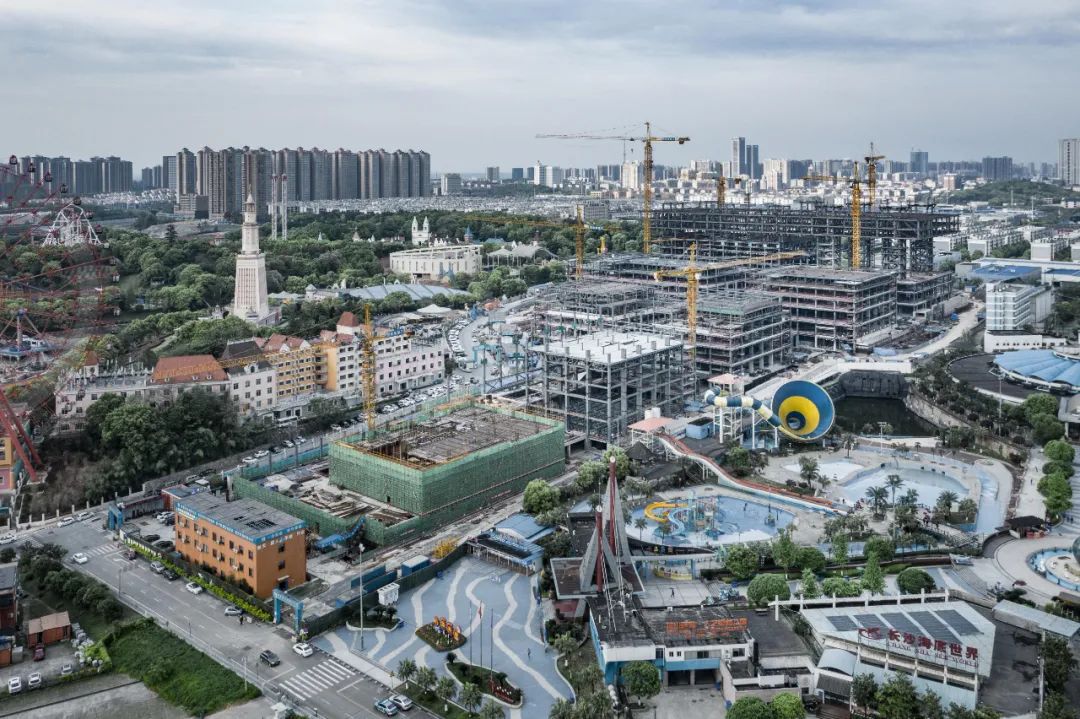
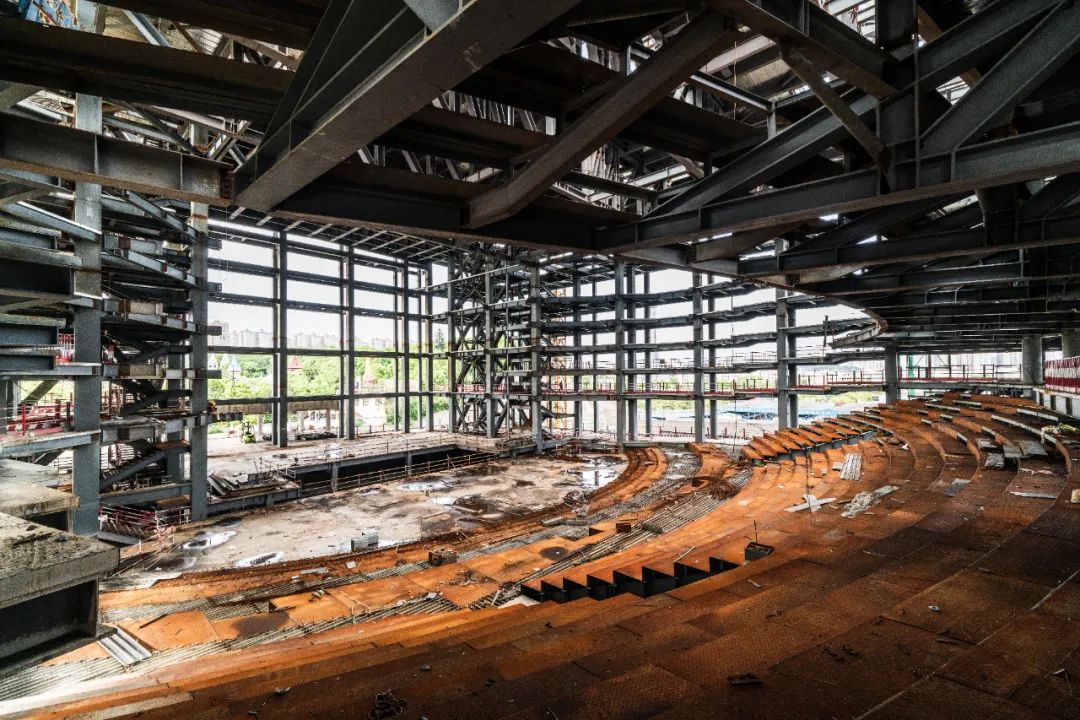
湖南廣播電視臺節目基地 在建照片,攝影:Andy Ren
How does it help you for more help your team found it more efficient or helpful in many ways? Even clients, probably Chinese clients, as you say, don't want it or don't understand or even realize you're doing now.
J: But they will. And all members, from the client to architect to the construction company, may need it in the future. This is a fragile point, is the bottleneck if one of the groups of planners is not jumping on that train together with the others, this will make the whole process much less efficient, less beneficial as it could be if consequently, every plan needs to follow the same rules, the same discipline. There's a transition time, so they have to go through this episode and educate, teach, or be generous with the other not hundred percent participating team members.
█ 如何看待程序和人工智能輔助建筑設計的趨勢?它如何更好的與建筑師的專業實踐結合?
J:我們的團隊對未來的設計趨勢充滿好奇,但我們也很實際,樂于為現實而設計建造。人機界面一直需要被關注和完善。在我看來,僅憑計算機生成是不夠的。這種抽象的東西需要融入我們的生活中,以一種復雜的方式將現實的地形、能力轉化為復雜的形狀。該界面的弱點是僅由人創造,受限于人的才能。即使有了更好的科技手段,我仍然相信設計過程中的某些人為因素很難真正被計算機或機器取代。
What do you think of the trend of design-oriented software and artificial intellectual helping design? And do you see it has certain practical values and could sometimes be integrated with our perfect professional practice?
J:Our team, myself, we are curious about it. But we are also realistic and we enjoy building for reality. And there will always be the interface, the human interface, that also needs to be cared about and perfect. From my point of view, it's not enough that we have a computer-generated plan. This abstract thing also needs to be integrated into our lives. It must be in a sophisticated way transformed from the reality of terrain, the reality of ability, into a complex shape. So this interface is also the weak point because this interface is made just by humans. And it depends on the talents of these humans. And with the interface, I would grate certain human elements in the design process can't really be replaced yet by computers or machines.
█ HPP 已經是第二次參與到CADE 建筑設計博覽會了,對今年HPP 參與到CADE 建筑設計博覽會,有什么樣的期待?
J:我希望有更多互動交流,因為這對于演講者來說是一件有趣的事情。要求你必須做好準備,有足夠的知識積累和智慧, 構建自己的知識體系來應對各種各樣的問題。但是好在這一切都將發生在演講之后。
This is the 2nd time HPP participated in CADE,what are the impression and expectations for participating in the CADE2020?
J:I'm very curious about the exchange. I hope that there will be many questions been put forward because this is an interesting thing for somebody who goes to the stage. You have to prepare yourself, accumulate knowledge, and filter your wisdom, structure, and your input. But the nice thing is it happens after the presentation in dialogue.

制高點達228米的全能綜合體 ?HPP
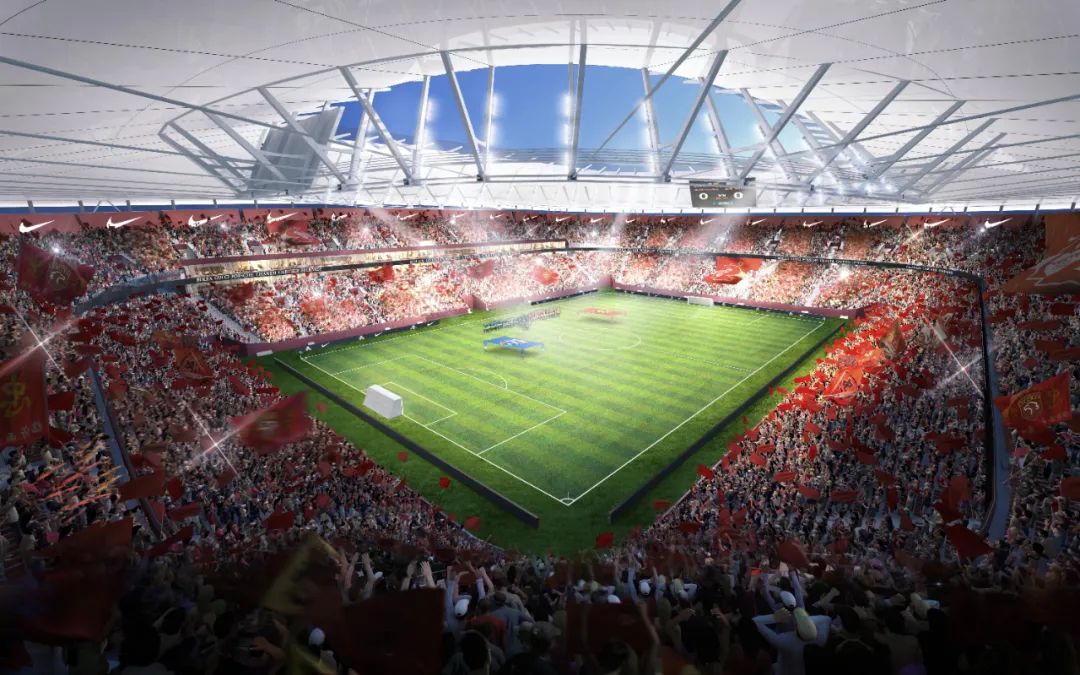
上海浦東足球場 ?HPP
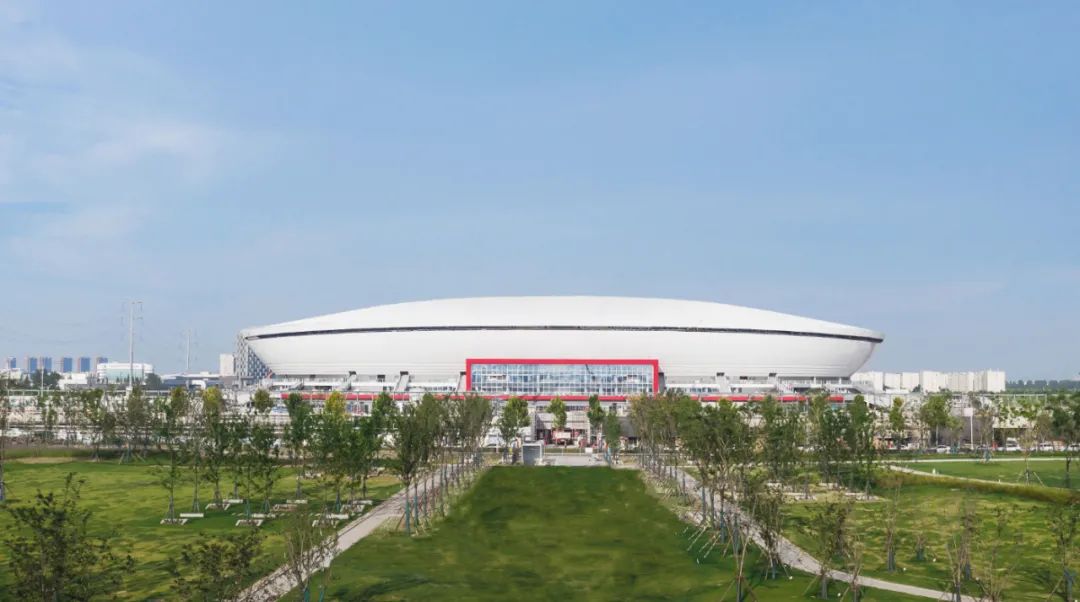
浦東足球場在建照片,攝影師 張虔希
█ 作為BCC 國際建筑科技大會的演講嘉賓,您將與大家分享什么主題?
J:主題叫“復雜性設計”。我們將展示法蘭克福全能城市綜合體以及浦東足球場等項目,并在數字設計和復雜功能設計方面分享我們的實踐經驗。
As a speaker of BAU Congress China 2020,what topics will you share with the audience?
J:It is called “complexity” design. We might show about FOUR Frankfurt and Pudong Soccer Arena that is still under construction. We will share our experience from the complex projects in terms of digital design and complex feature design.
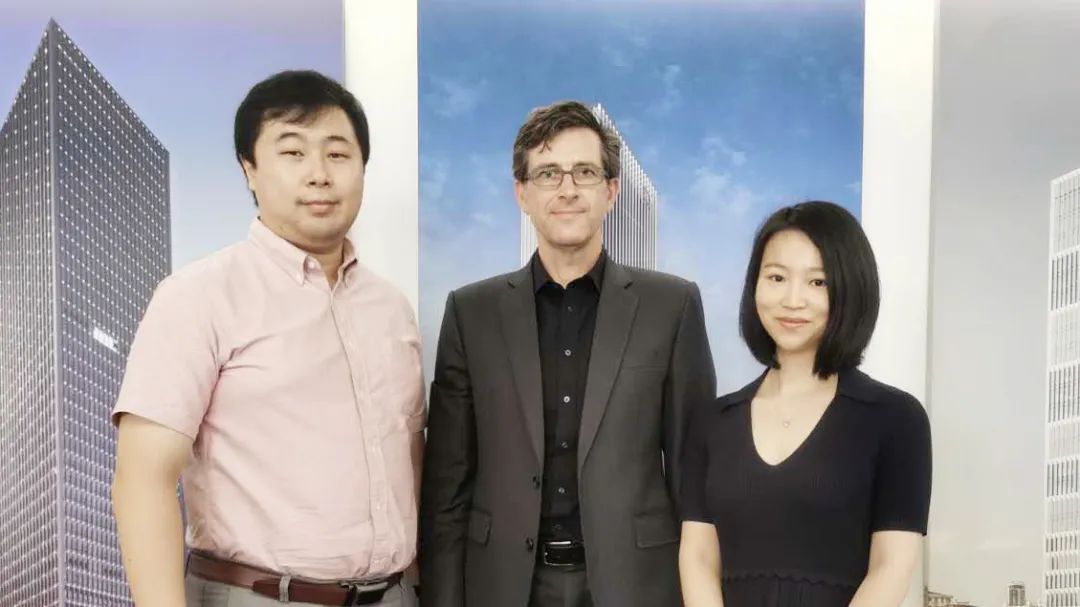
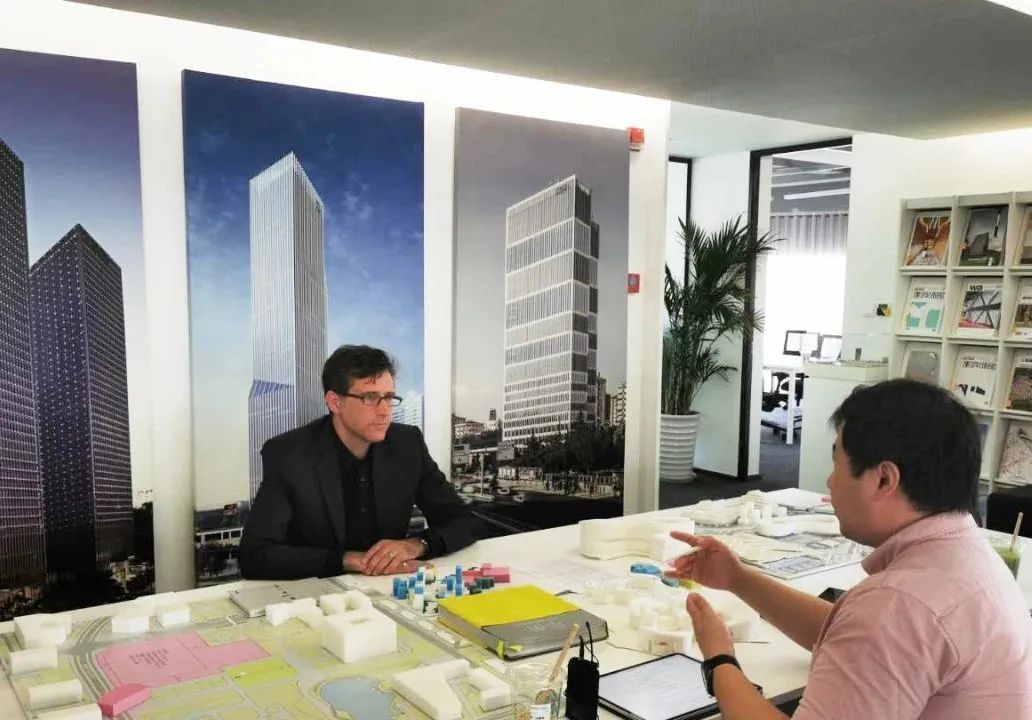
ArchiDogs采訪編輯與Jens
訪談|Joya Deng,Jason Yu
文案|Chaoyue Zhang
編輯|Yannie, Yuxin
主編|Sherry Li
審核編輯|Yibo
版權?建道筑格ArchiDogs,轉載請聯系media@archidogs.com
若有涉及任何版權問題,請聯系media@archidogs.com,我們將盡快妥善處理。

